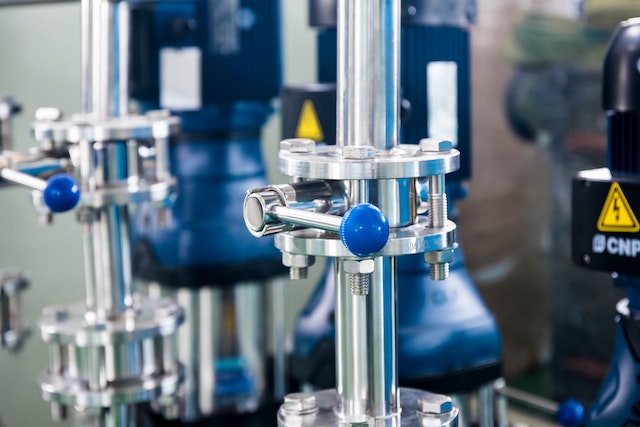Unleashing Energy Potential: Two-Dimensional Materials for Energy Storage and Conversion
In a world where clean energy technologies are becoming paramount, two-dimensional (2D) materials are stealing the spotlight. These ultra-thin materials hold enormous promise for energy storage and conversion applications. They can potentially reshape energy technologies to meet our increasing energy needs more sustainably and efficiently. This article explores the potential of 2D materials for energy storage and conversion.

2D Materials: A New Frontier in Energy Storage
Electrochemical energy storage devices, such as batteries and supercapacitors, are pivotal for portable electronics, electric vehicles, and grid-level energy storage. 2D materials like graphene, layered transition metal dichalcogenides, and two-dimensional titanium carbide (also known as MXenes), among others, have shown promising electrochemical performance as electrode materials in energy storage devices.

These materials offer numerous advantages for energy storage applications. For instance, their thin-layered structure facilitates rapid ion transport, leading to high power densities. The large surface area provides more sites for electrochemical reactions, enhancing the energy storage capacity. Moreover, 2D materials have shown outstanding performance in hydrogen and lithium storage applications, pushing the boundaries of high energy density storage.
Designing hybrid energy storage systems that combine the strengths of different 2D materials can lead to devices with ultrahigh energy density and increased energy storage performance. For instance, 2D hybrid materials like graphene-MXene composites offer an excellent balance of energy and power density.
2D Materials for Energy Conversion
Beyond energy storage, 2D materials are also making strides in energy conversion technologies. From electrochemical water splitting to thermoelectric power generation, these materials are unlocking new possibilities in clean energy conversion.
A noteworthy aspect of 2D materials in energy conversion is their role in electrochemical applications related to hydrogen production. Their unique properties, such as high conductivity and tunable bandgap, make them ideal candidates for electrocatalysis in water splitting reactions, enabling efficient hydrogen production.
Moreover, the layered structure of 2D materials can enhance energy conversion efficiency by facilitating charge transport. Heterostructures, fabricated by layering different 2D materials, can optimize the energy conversion process by tailoring the flow of electrons and ions.
Future Directions in 2D Materials for Energy Applications
Despite the exciting developments, more research is needed to overcome challenges like low stability, difficult fabrication, and scalability of 2D materials. Continued exploration in this field is crucial to bring the exceptional properties of 2D materials from the lab to real-world energy applications.
Conclusion
Two-dimensional materials are poised to become game-changers in energy storage and conversion technologies. Their unique physical and chemical properties offer potential solutions to the energy demand of the future. The promising prospects of 2D materials, from high energy density storage to efficient energy conversion, have established them as indispensable assets in the quest for sustainable and efficient energy solutions.




Comments are closed.